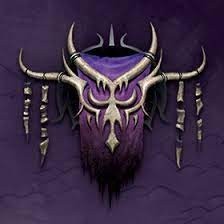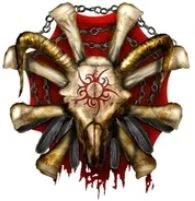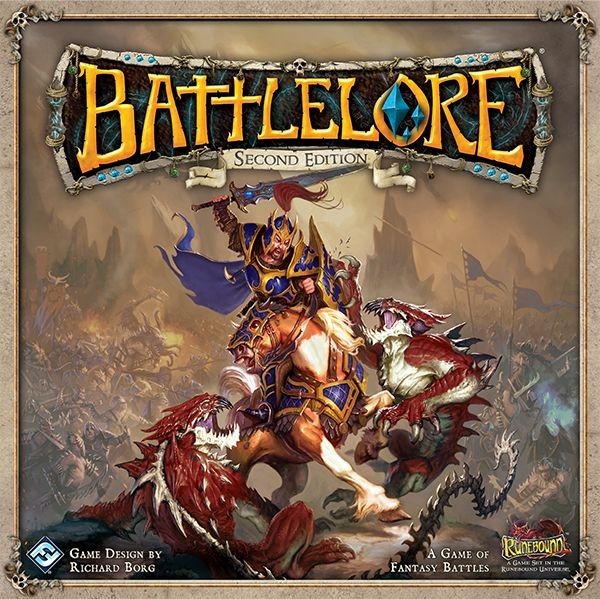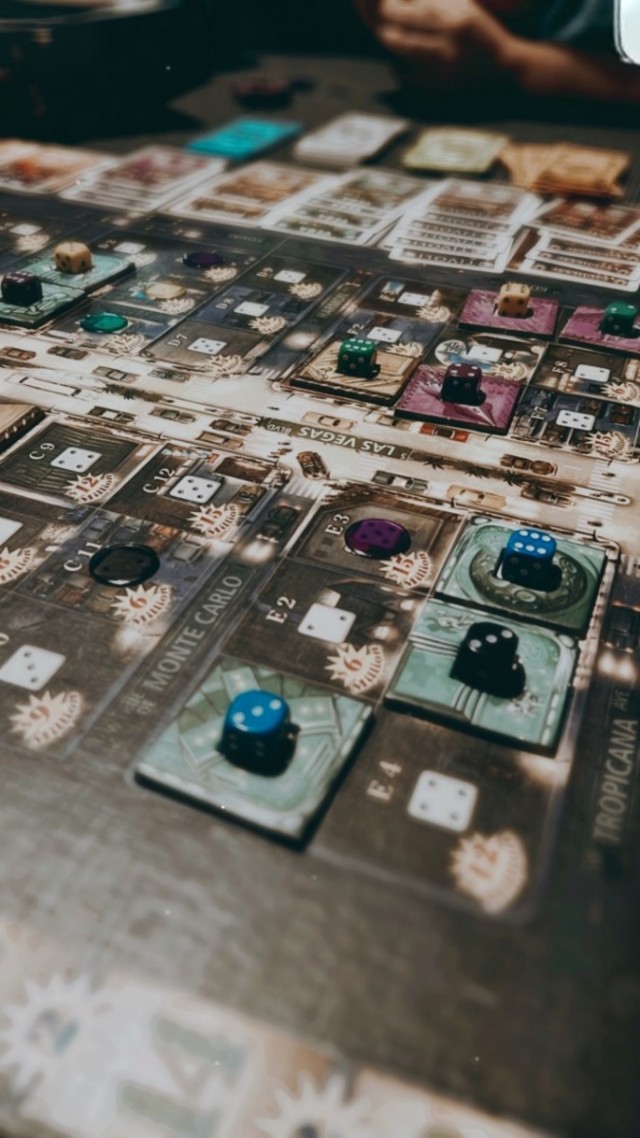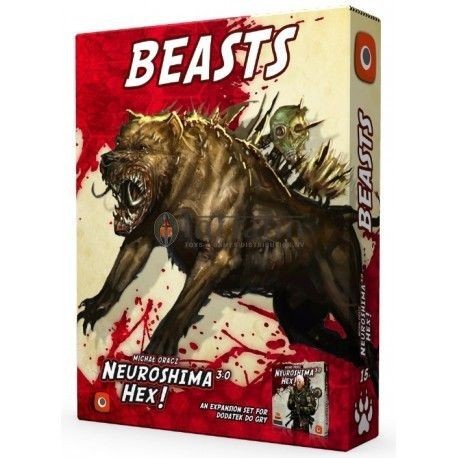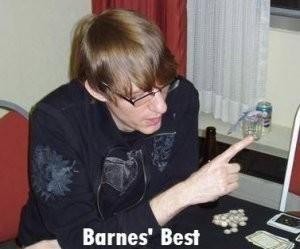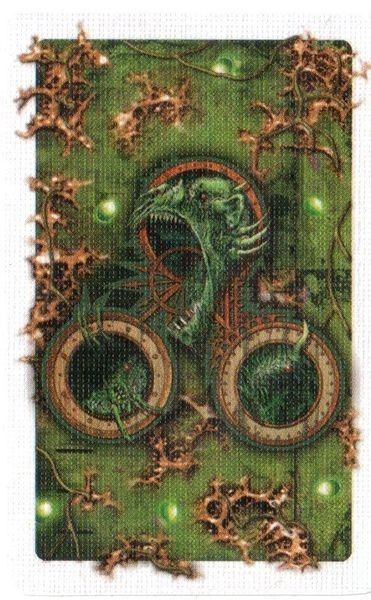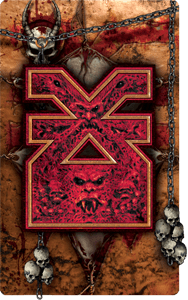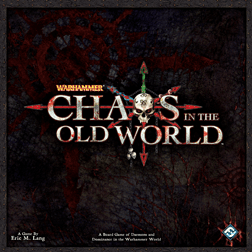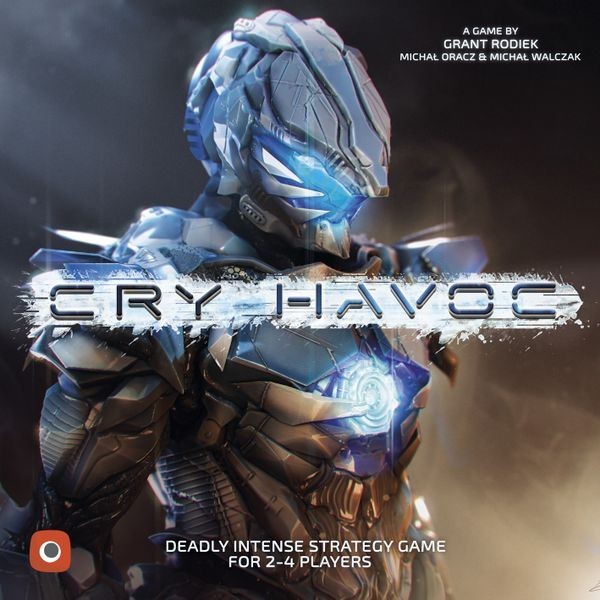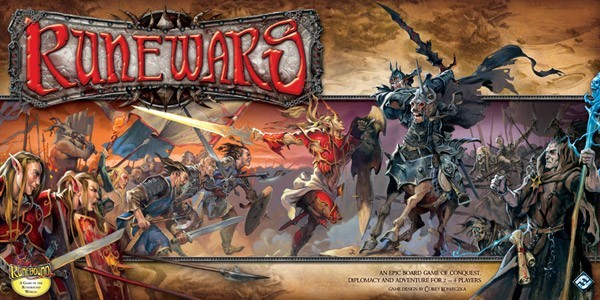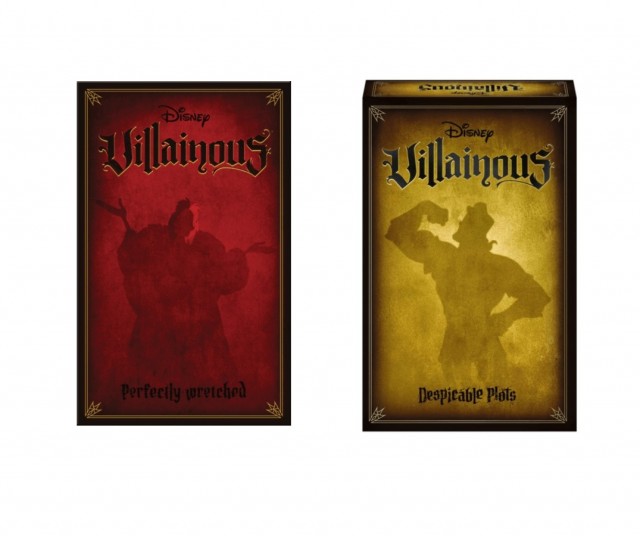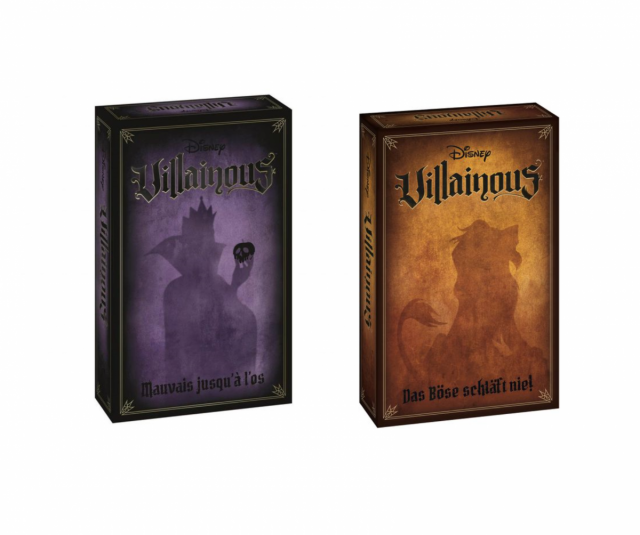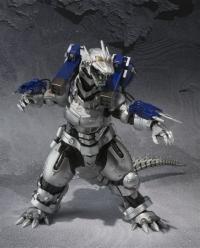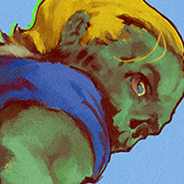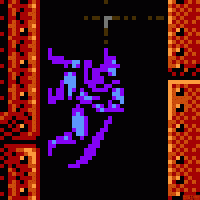A smooth fusion of deckbuilding and area control, Tyrants of the Underdark meshes differing game tastes just as easily.
Gamers have varying tastes and it's often difficult to categorize those tastes. Since designers began fusing what were the largely accepted categories of "Ameritrash" and "Euros", which mostly meant "theme over mechanics" and "mechanics over theme", respectively, people have reverted to categorizing by mechanics. “Engine building” or “worker placement” and so on are the technical terms. The more colloquial approach presents labels like “Dudes on a Map” and “civ building.” Finding the mechanics that appeal to different gamers is often a fool's errand, since it's kind of like asking people what their favorite style of music is. People can have a nailed-on favorite, like blues, hip hop, country, or heavy metal. But since there's so much variation within those labels, you'll find that most people have pretty varied tastes, even if they don't realize it themselves until they think about it.
When I describe the game Tyrants of the Underdark to most people, I'll say it's a deckbuilder with an area control board. You say "deckbuilder" and most people think of Dominion. But you're usually building your deck in Tyrants to achieve moves on the board, as much as you are the standard combination moves of most games like that. You say "area control" and many will recoil at the idea of DoaM and combat. But that never really occurs and you can almost see the area control aspect of it as more like worker placement. So, like some types of music, Tyrants tends to intersect with a number of spheres and interests in the world of gaming, which is what makes it such a treasure and such an accomplished design that isn't as heralded as it should be. My personal experience is that, regardless of the gaming interests of the people I've introduced Tyrants to, they've all enjoyed it and been interested in playing again. It's an accomplishment in this glutted marketplace, with so many games to play, when you can find one that has people saying "Let's try that again!" as soon as you wrap up.
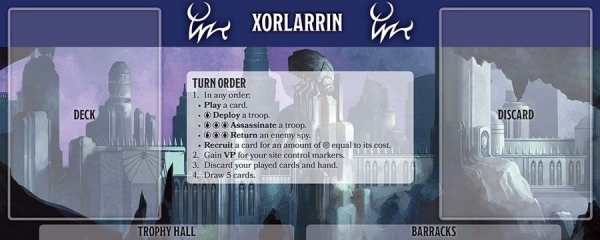
The game itself is relatively simple. You have two resources: Influence and Power; the former is used to buy new cards on the underwhelmingly-named Market and the latter is used to place units on the board as: targets for your cards, ways of gaining more of those two resources, and as a method of scoring points, both immediate and for the endgame. The game is based in Wizards of the Coast’s Forgotten Realms world; specifically, its underworld, which is home to the by now well-known domains of the drow and various other races that inhabit it, like illithids. If you’ve heard of Drizzt Do’Urden, you’ve heard of this world. You carry the flavor of that cut-and-thrust domain through the gameplay, spending resources and cards to assassinate, spy on, supplant, and otherwise insidiously destroy your opponents while spreading your own presence. At the end of the game, you’ll score points by totalling the value of the cards in your deck, those in your “inner circle”, the locations you control, and the number of trophies (victims) you’ve collected. So, your theme is present, beginning to end.
Replayability is provided by the six different half-decks (four in the base game, two in an expansion), two of which are mixed together for each game. Each half-deck carries its own theme and mechanics that change the frequency of the overall mechanics in the game, so that some games will be more about promotion to one’s inner circle, while others will be more about devouring one’s own cards for greater combo effects. And then there’s the Insane Outcasts… To wit:

Drow: As the most obvious of the base decks, the Drow half-deck is actually pretty basic. First off, its combined resource (Influence and Power) production has the lowest overall value of any of the decks other than Aberrations. But it does Supplant better than the rest and generally demonstrates the base mechanics of the game without introducing anything unique for the new player. It also has the second-highest occurrence of the Promote mechanic (elevate cards to your Inner Circle), which means that will come into play more often than most other games without it. Cards of note include Council Member, which uses the rare ‘Move’ mechanic, where opposing troops can be moved anywhere on the board; Spellspinner, which lets you return one of your spies to Supplant a troop at that site, allowing you to exchange the semi-Presence of spies for actual control; Weaponmaster, which gives late-game options, albeit mostly involving white (neutral) troops; Information Broker, which is the best card-draw card in the game; and Matron Mother, which allows you to create huge late-game value by promoting any card in your deck. The Drow deck is probably best for first-timers, since it has the most emphasis on the base mechanics.
Dragon: In contrast, the Dragon half-deck has the greatest resource production in the game, providing more Influence and Power than any other deck. It also introduces the idea of deckbuilding to a unique goal, where the four dragons of various colors provide VP for fulfilling game conditions, such as the Green Dragon which gives you VP for each site control marker that you possess. Cards of note include: Dragon Cultist and Red Wyrmling, which both exemplify the easy resource gain of the deck; Enchanter of Thay, one of many cards in the game that allows you to place a Spy, but also gives a significant Influence boost for returning one of yours; Rath Modar, who allows you to draw 2 cards and place a spy; and Cult Fanatic and White Wyrmling, which both allow you to devour cards in the market to keep them from your opponents. The Dragon deck, overall, is mostly about resource gain, which makes it probably most suitable for first-timers as they figure out the game’s economy, and one of the best to combine with any of the rest, given that extraordinary resource availability, which will let you pull off some of the more exotic maneuvers of those other decks more easily.

Elemental: This deck introduces a unique mechanic, based on the nature of the cards in hand. All cards in the game have an aspect, listed just below the name, that identifies what kind of card they generally are, such as Ambition, which are usually recruiters, or Malice, which are usually assassins. Elemental cards use a mechanic called Focus, which lets you play or show a card of the aspect in question to get further benefits, like Water Elemental, which lets you draw a card if you have a Conquest focus. Most other abilities also have an aspect quality, where promotion or recruitment will target particular foci, like Fire Elemental Myrmidon, which lets you promote an Obedience card played that turn. In that way, the Elemental deck promotes deckbuilding of a different sort, where you want cards of specific foci in order to enable the full power of your other cards. You have to be careful not to bend too far in that direction, though, since having nothing but Assassination cards might mean you passed up other angles of approach. Other notable cards are: Vanifer, who enables you to assassinate a troop and recruit a Malice card for free; Crushing Wave Cultist, which lets you assassinate a white troop and deploy 2 troops with a Conquest focus; Air Elemental, which lets you place a spy or return a spy in order to deploy 3 troops and lets you draw a card with a Guile focus; and so on. In fact, with the combination of focus powers, the Elemental deck has more “most of” in ability categories (promote, assassinate, draw, etc.) than any other deck, which makes it extraordinarily versatile, if only slightly more complex. It also incorporates the legendary Elemental lords from the old Fiend Folio, which is a nice dose of old-timey theme for those of us who used to play D&D back in the day.
Demon: This deck introduces a separate set of cards, known as Insane Outcasts. These cards have no benefit and are actually worth -1 VP at the end of the game if they’re in your deck. You can discard a card from hand to get rid of them, so they’re mostly an annoyance. But, since every player only receives 5 cards per turn (outside of draw effects), being forced to only use 3 on any given turn can be quite a setback. Multiple cards in this deck instruct you to simply target an opponent to receive an Outcast, which brings the direct confrontation between players from the board to their hands. There are multiple ways to Devour cards in your hand, too (like Outcasts!) for positive effect. Some of the more prominent cards are: Hezrou, another card with the rare ‘Move’ mechanic that also lets you Promote the top card of your deck, letting you gamble for points; Balor, which asks you to Devour a card in your hand to Supplant a troop anywhere on the board and then Deploy a troop, entering the province of spies but in a more concrete fashion; Demogorgon, who also Devours a card in hand to Supplant 2 white troops and then forces each opponent to draw 2 Outcasts(!); Jackalwere, another spy placer with the option to return one for resource gain; and Zuggtmoy, who asks you to Devour a card in your Inner Circle to gain 3 Influence and then Promote 2 other cards played that turn. As you can tell, like Elemental, this deck also uses the classic demon lords and princes from D&D. The Demon deck is one of the two that emphasizes more direct interaction between hands with the Outcast mechanic, rather than just on the board, as with most of the rest. Consider this one if your group really likes confrontation.
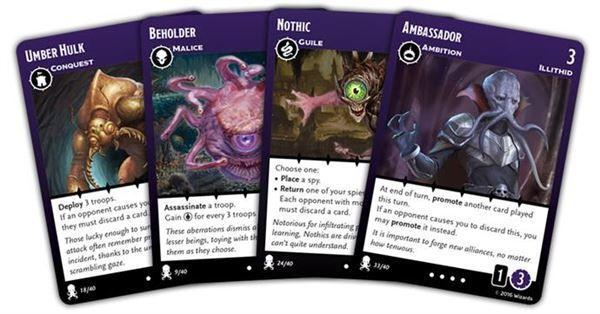
Those are the four half-decks included with the base game. A small expansion includes two more:
Undead: This half-deck combines some aspects of the base decks, in that it heavily uses the Devour mechanic, like Demon, but also encourages some long-term deckbuilding properties, like Dragon, and also utilizes your discard pile for some effects. That last property is in theme with the undead perspective that “everything old is new again”, especially given that the Devour mechanics in this deck are largely self-targeted. You spend more time devouring your own cards than anything in the Market, like with Minotaur Skeleton, which lets you Deploy 3 troops or Devour itself to assassinate up to three white troops at any single site. But then you also have cards like Vampire, which lets you Supplant a troop or Promote a card from your discard pile and then gain 1 VP for every 3 cards in your Inner Circle, which is more like the Dragon deck. Or there’s Ghost, which lets you place a spy or return one of your spies to treat the top card of the Devoured pile as if it were in the Market. That’s important when you consider a card like Carrion Crawler, which gives you 3 Power and then allows you to Devour a card in the market, but replace it with the Crawler, rather than the top card from the Market deck. So, you have to replace your Crawler, but you can use it to eliminate a card from the Market that you don’t want an opponent to get and then, hopefully, use your Ghost to grab it yourself when you have more resources. And then there are cards that either emphasize basic mechanics, like Conjurer, a spy placer that lets you Recruit two low-cost cards from the market for returning one; or theme, like High Priest of Myrkul, where you can return someone else's spy and then Promote any Undead cards played that turn. That latter card is one of the few in the game that focuses in on the minion type (human, undead, dragon, monstrosity, construct, etc.) as another element of the cards. There are, in general, more tricks that can be performed with the Undead deck by itself, which is only magnified by mixing it with another.
Aberrations: The major mechanic that this deck introduces is the love of M:TG Black mages everywhere: discard. Several cards throughout the deck specify that the player who owns the target on the board, if they have more than 3 cards, must discard one. So, you’ll never have fewer than 3 cards but, again, as in dealing with Outcasts, it can be devastating on particular turns that you had lined up to do something (ahem) magical. However, the deck also comes with multiple cards that provide a bonus if someone forces you to discard them, like Grimlock, which lets you draw 2 cards when discarded. Also, be aware that, despite an average number of cards supplying Influence, Aberrations has the lowest number of Power gain cards in any deck; only 3 different ones, 6 cards total, and two of them are very conditional. So, you’d most likely want to play this deck with one of those on the high resource side, like Dragon, unless you wanted a more limited board-action style of game or planned on using a lot of House Guards. Other notable cards include: Chuul, a spy placer who forces opponents at the spy's site to discard; Intellect Devourer, who provides Influence or returns 2 opponent pieces; Aboleth, who places 2 spies or lets your draw cards for each one you have in play; and Nothic, a spy placer who also gives the option to return one to make all opponents discard a card. Like Undead, Aberrations is a bit more esoteric in its function, although not as combo-heavy. Aberrations is the other of the two decks (with Demon) that tends to emphasize direct confrontation not just on the board.

The one mild criticism of the game is how that omnipresent theme took over the art direction. I understand that it’s taking place in the underworld, where things are dark and naturally black, gray, and shadowy but… seriously? Everything in this game is black, gray, purple, and dark blue; from the art on the faces of the cards to the very plain art on the backs of the cards. The lone exceptions are two of the players’ pieces colors, which are a kind of garish orange and red (the other two are dark gray and dark blue which are almost impossible to tell apart on the board without really good lighting… which kind of detracts from the theme...) It wouldn’t have killed them to add a few more phosphorescent fungus pictures to lighten things up. However, true to GF9’s typical attention to detail, despite the playing pieces’ similar appearance (troops look like shields, spies are cloaked-and-hooded figures), there are discernible physical differences to the four players factions (horns sticking out from shields at different angles, etc.) So, they did put some thought into it past “Dark. Caves. Shadows.” Overall, it still looks good and plays great.

The best part about the overall design is the symmetry of its approach for both each turn and for the long-game. Deckbuilding is about finding a way to pull off combos in each turn to advance your position. But area control is usually about emphasizing a long-term strategy, so you want to find a way to coordinate those two efforts. Since you can only perform actions on the board where you have Presence (pieces in play; spies can go anywhere, but don’t count towards control), you can’t just build up a deck full of high-value cards, since a lot of points are going to be coming from the board. Furthermore, since cards are worth more points in your Inner Circle (and some aren’t worth anything at all outside of it), you have to measure when its useful to Promote high value cards which will be worth more points, but are also then unusable by you to further your activities on the board. Spies are also designed to be dual-natured in function, since they can be placed anywhere on the board, unlike your troops, and can then give you Presence on the board to deploy, assassinate, etc. However, spies don’t count toward control of areas. They merely count against the total control of your opponents. So you have to figure out when placing a spy is more than a nuisance move or an actual opening to establish a firm position; or at least as firm as one gets in this game. I’ve gone from having total control over three major sites (and getting extra Influence and VP every turn, as a result) to controlling none of them a couple turns later. The tides can shift quickly, so you have to leave yourself something to respond with or be able to scuttle to a new location to rebuild if you’re going to survive.
There’s much more that could be said about this game but, as with most games, the best way to discover its dark secrets is to play it. I think it’s one of GF9’s significant designs and deserves every accolade aimed in its direction, assuming you can see through the shadows.
 Games
Games How to resolve AdBlock issue?
How to resolve AdBlock issue? 